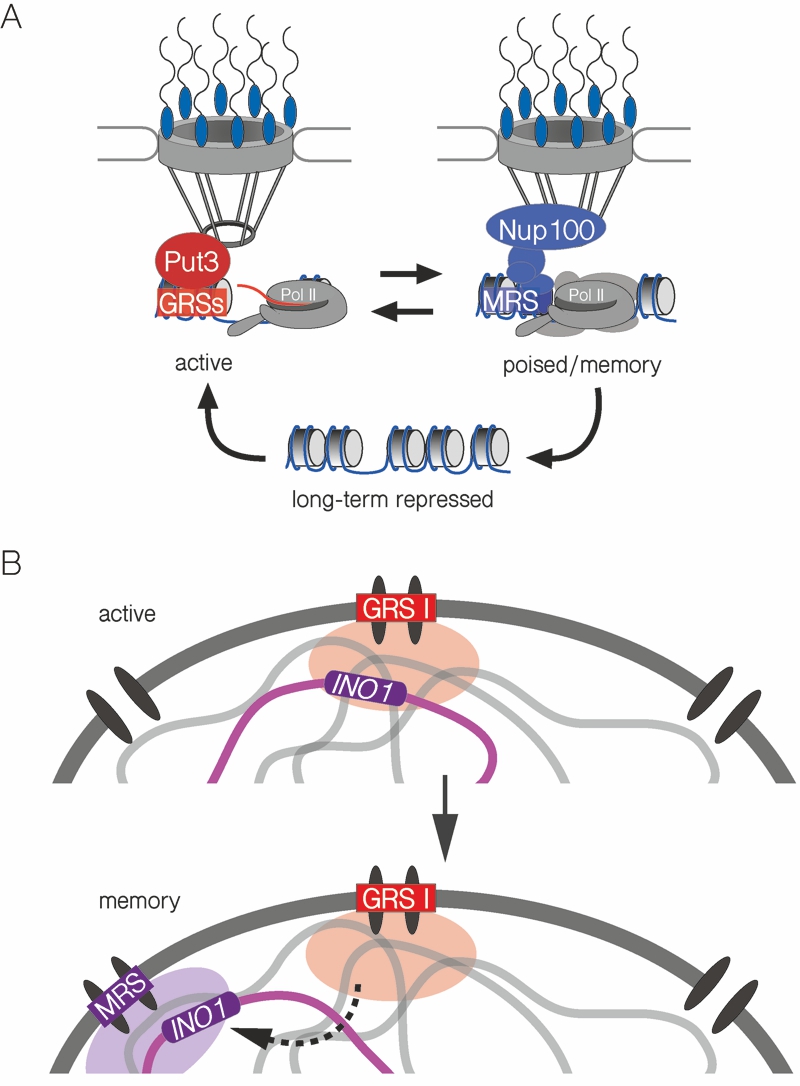FIGURE 7: Model for zip code-dependent INO1 targeting to the NPC and interchromosomal clustering.
(A) The long-term repressed gene is positioned in the nucleoplasm and both the active and recently repressed memory state of the gene are positioned at the nuclear periphery through interaction with the NPC. The GRS elements control targeting to the NPC under activating conditions. The Put3 transcription factor binds the GRS I zip code and is required for GRS I-mediated peripheral targeting and interchromosomal clustering [7]. The MRS element controls targeting to the NPC under memory conditions and requires Nup100 [10].
(B) The INO1 gene clusters with other GRS I-containing loci under activating conditions (top) and this is a prerequisite for clustering with itself (and potentially other loci) in an MRS-dependent cluster for several generations after repression, during transcriptional memory.
7. Brickner DG, Ahmed S, Meldi L, Thompson A, Light WH, Young M, Hickman TL, Chu F, Fabre E and Brickner JH (2012). Transcription factor binding to a DNA zip code controls interchromosomal clustering at the nuclear periphery. Dev Cell 22:1234-1246. http://dx.doi.org/10.1016/j.devcel.2012.03.012
10. Light WH, Brickner DG, Brand VR and Brickner JH (2010). Interaction of a DNA zip code with the nuclear pore complex promotes H2A.Z incorporation and INO1 transcriptional memory. Mol Cell 40:112-125. http://dx.doi.org/10.1016/j.molcel.2010.09.007

